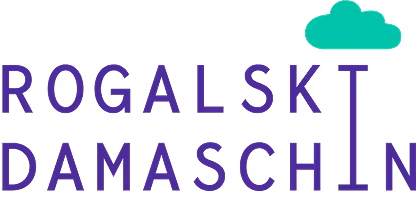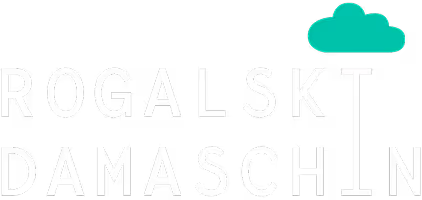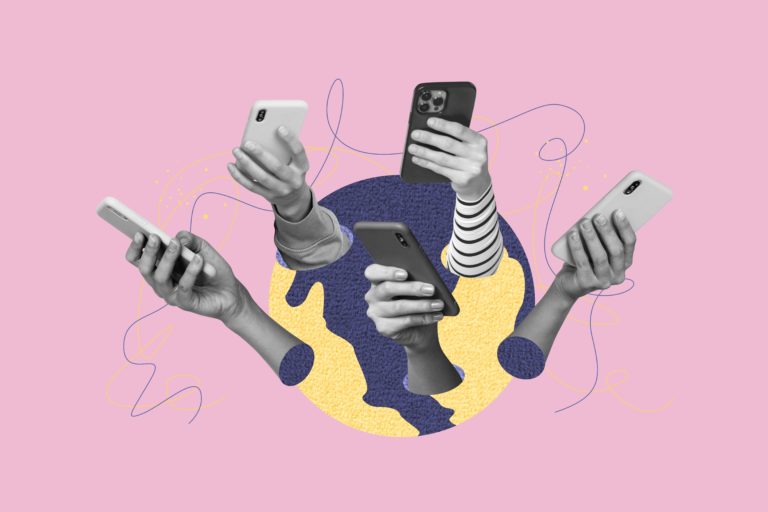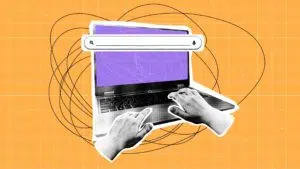Can Artificial Intelligence replace the communication and public relations specialist?
In recent years, the capabilities of artificial intelligence have skyrocketed. And then the question comes naturally: what does this technology mean for PR? Will it be able to completely replace people in this industry?
Blog

In the 1950s, artificial intelligence was considered a branch of computer science aimed at creating intelligent machines. Would AI parent John McCarthy have anticipated that in 2023 we would have facial reenoasting to unlock a phone, autonomous vehicles or chatbots that can write unique texts based on any requirement?
In recent years, the capabilities of artificial intelligence have skyrocketed. Smart programs can now write content, answer questions, and provide information. At the end of 2022, the emergence of ChatGPT sparked a series of debates in all corners of the world about its incredible technology, but also about its consequences.
And then the question comes naturally: what does this discovery mean for PR? Will it be able to completely replace people in this industry?
What can we do with artificial intelligence
AI tools can now be used to track brand referrals or brand engagement, research and analyze a target audience, and develop content. Artificial Intelligence is also used to automate mundane tasks, allowing public relations professionals to focus on creative and strategic tasks.
For example, with the help of AI you can quickly create press releases, blog articles and other types of content useful in our work. Artificial Intelligence is able to understand a request and generate a text based on the given topic. It can also be used to create personalized content for different audiences, or it can be used to develop a database of potential influencers, instead of public relations people who would normally do this manually.
How Does Artificial Intelligence Help Public Relations Agencies?
Undoubtedly, the use of technology in public relations has many benefits and can give agencies a competitive advantage — from creating content faster and more efficiently, to cutting costs by eliminating the need to hire people to do it. If the basics are automated, public relations specialists have more time for creativity, strategies, meetings with journalists or key people in the field. Artificial Intelligence can also help organizations reach a wider audience by creating content tailored to their target audience or by analyzing the market for trends in the field of its customers.
Fears and disadvantages
Many concerns, however, come from the academic area, where the main question was how the use of AI will affect the practice of thinking ability, learning ability and, implicitly, in the writing of essays by students?
ChatGPT has already passed an MBA and another bar exam in the US, so plagiarism fears may be valid. But other teachers have embraced technology and want to use it to their advantage, to refine their teaching techniques or to be fairer in grading.
Although it is a few months since the launch of Chatgpt, an application that can detect texts written by AI — GPTZero — has already appeared, so the future will likely include more platforms like this.
Do we have what are we afraid of?
In the field of public relations, eminently creative, Artificial Intelligence can lead over time to a lack of authenticity, precisely by not practicing creativity and the human ability to put in context and create emotional bonds. Another potential danger is the use of AI in the dissemination of fake news or in the manipulation of the general public, very dangerous practices in our field.
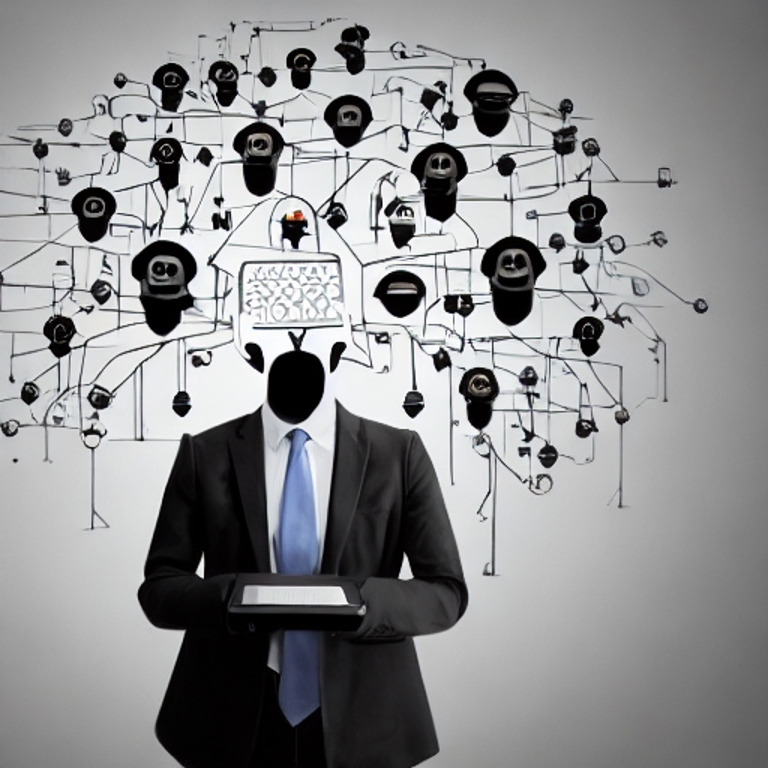
Ethical implications
Since the practice of using Artificial Intelligence in public relations is still at the beginning, there is no clear code of conduct. Is it good to inform customers that we use technology in writing texts? Will they embrace this practice or blame it?
Used moderately and for basic tasks, AI can be beneficial on both sides, saving time and thus increasing productivity in project management or creativity.
Conclusion
Although Artificial Intelligence has become increasingly powerful, it still has a long way to go until it can completely replace a key public relations man. It is clear for now that AI cannot replace the creativity and problem-solving skills of professionals in the field.
People are essential in creating compelling and creative campaigns that attract customers and drive sales. They have the ability to think beyond the norm and come up with innovative strategies that can help differentiate a company from its competitors.
Artificial intelligence can help automate mundane tasks, but it can never replace the creativity and strategic thinking of a PR professional, so it's best to learn to coexist harmoniously with technology and embrace innovation.
